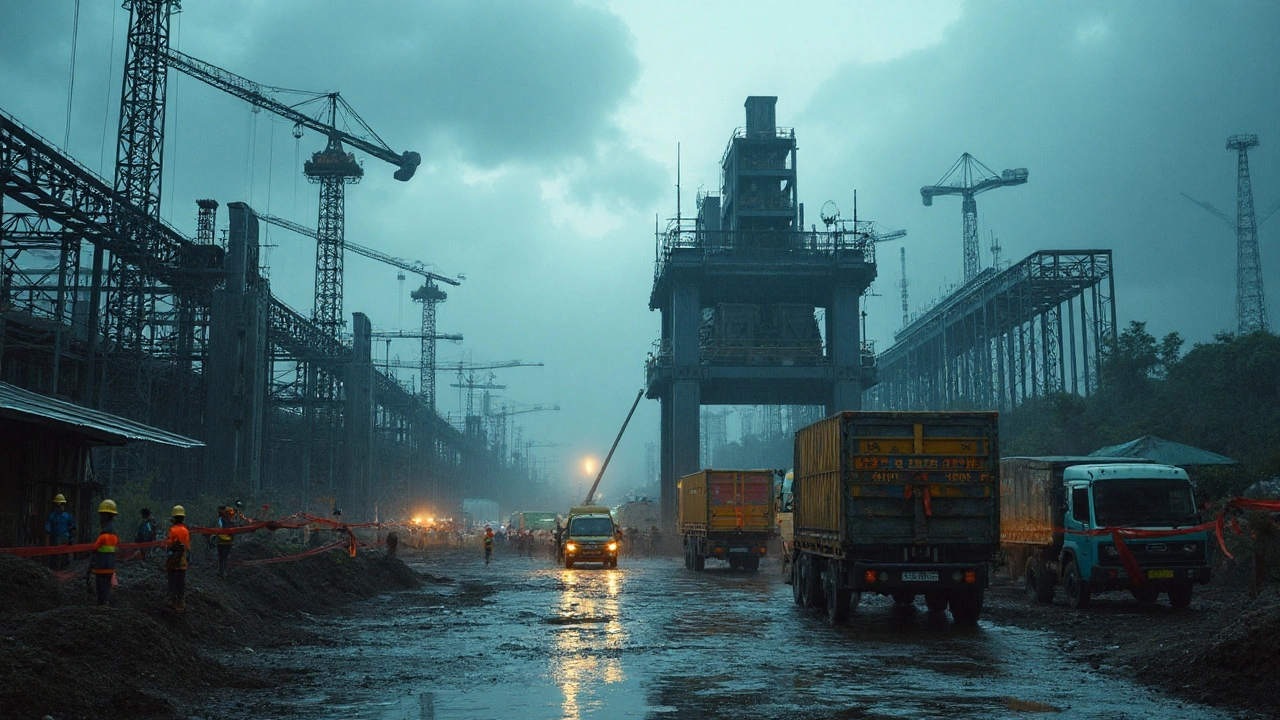- Food Processing Unit Classification: Types and Examples Oct 25, 2025
- Cheapest Businesses to Start in Small-Scale Manufacturing Mar 9, 2025
- Top 10 Best-Selling Manufactured Products in the United States Jan 3, 2025
- Why Is Chinese Steel Cheaper Than US Steel? May 12, 2025
- What Indian Cars Are Sold in the USA? Real Answers for 2025 Nov 15, 2025
Logistics Costs in India – What You Need to Know
If you run a factory or ship products across the subcontinent, logistics costs are probably the first thing that bites your profit margin. From the moment raw material leaves the supplier to the final delivery at a retailer, every mile adds fuel, labor, and paperwork charges. Understanding where the money goes helps you plan better and avoid nasty surprises.
Key Drivers of Logistics Costs
Fuel is the biggest chunk. When diesel prices jump, truck operators raise their rates, and you feel it straight away. Next comes road infrastructure – potholes, tolls, and congestion force drivers to take longer routes, which means more fuel and extra driver overtime. Labor costs also matter; skilled drivers demand higher wages, especially for long hauls. Then there are taxes and customs duties if you move goods across state borders. Finally, handling fees at warehouses and loading bays can add up if you’re not using efficient processes.
Practical Ways to Cut Your Logistics Expenses
Start by consolidating shipments. Instead of sending half‑full trucks every week, fill them up and ship less often. That reduces fuel per unit and cuts driver pay. Use a transport management system (TMS) to pick the cheapest routes and avoid toll-heavy roads whenever possible. Negotiate longer‑term contracts with freight carriers; they often give discounts for steady volume.
Consider multi‑modal options. Moving bulk items by rail for the long haul and switching to trucks for the last mile can shave 10‑15% off total cost. Keep an eye on fuel‑efficient vehicles – newer diesel engines or even CNG trucks consume less and may qualify for tax breaks. Lastly, audit your warehouse layout. A well‑organized dock reduces loading time, which directly lowers labor charges.
Don’t forget hidden costs. Insurance premiums rise with high‑value cargo, and any delay can trigger penalties from clients. Track these expenses in your accounting software so you see the full picture, not just the headline freight charge.
For small manufacturers, partnering with a third‑party logistics (3PL) provider can be a win. They already have a network of carriers, better rates, and the tech to optimize routes. You pay a service fee, but the overall spend often drops because of scale.
Finally, plan for seasonal spikes. During festive seasons or monsoon months, road conditions worsen and demand for transport spikes, pushing rates up. Build a buffer into your budget and lock in rates early if you can.
Bottom line: logistics costs in India are a mix of fuel, infrastructure, labor, and hidden fees. By consolidating loads, using smarter routing, exploring rail‑truck combos, and keeping an eye on the details, you can keep those costs from eating into your profits. Start tracking every expense today, and you’ll spot the savings spots faster than you think.
Why Manufacturing Isn’t Growing in India (2025): Data, Root Causes, and Practical Fixes
- Aarav Sekhar
- Sep 18, 2025
India wants a factory boom but keeps stalling. Here’s the real reason growth is slow, the hard data behind it, and a practical playbook to fix it in 3-5 years.
